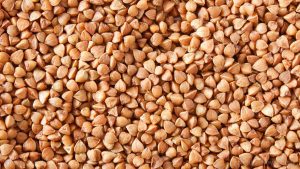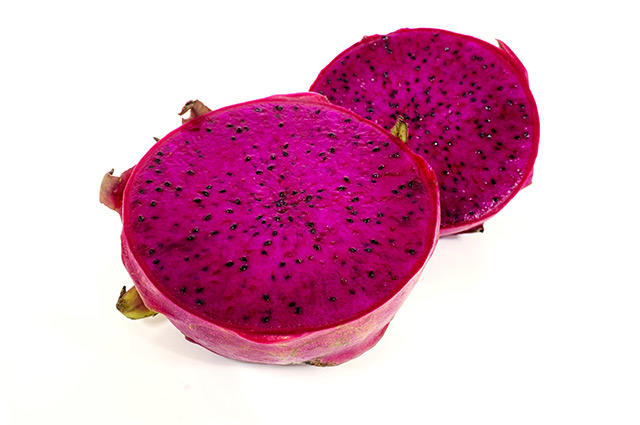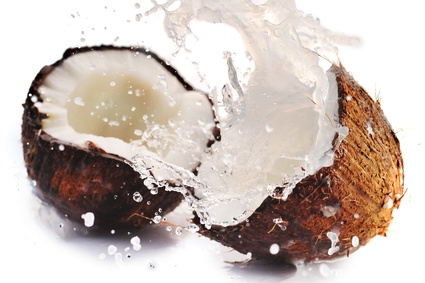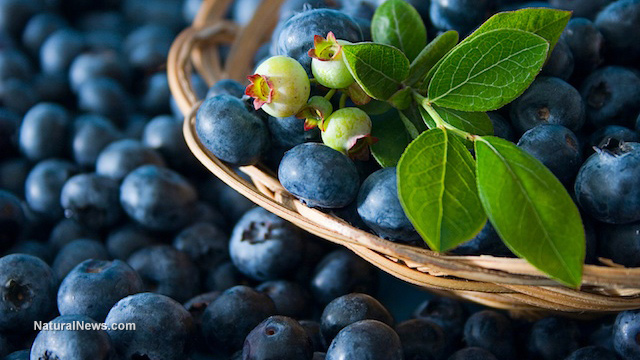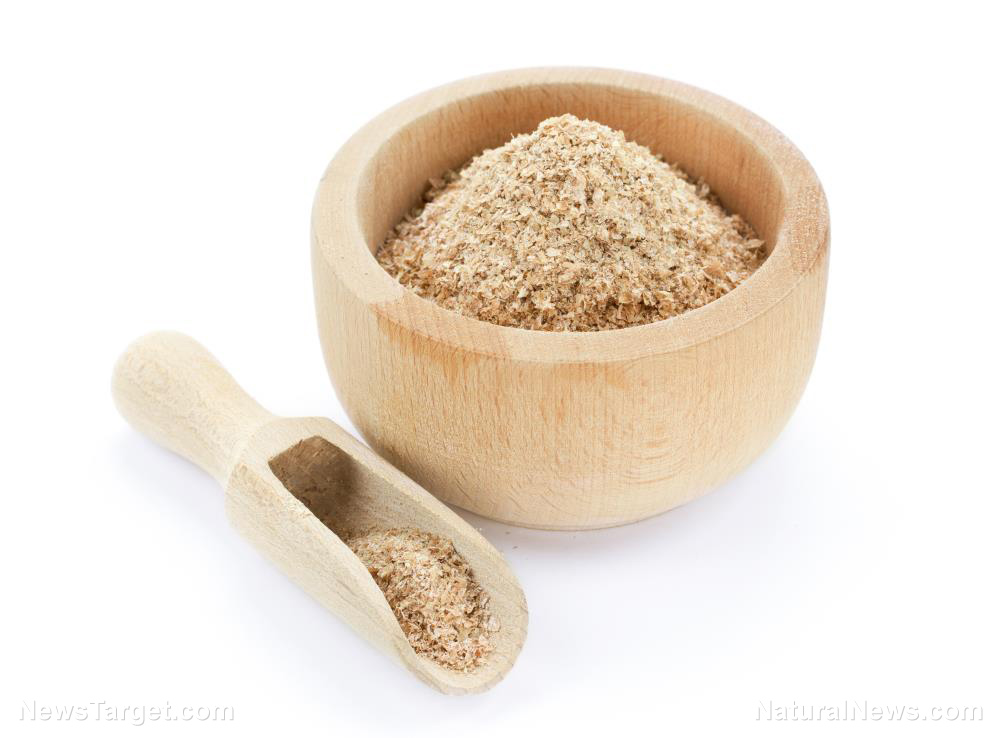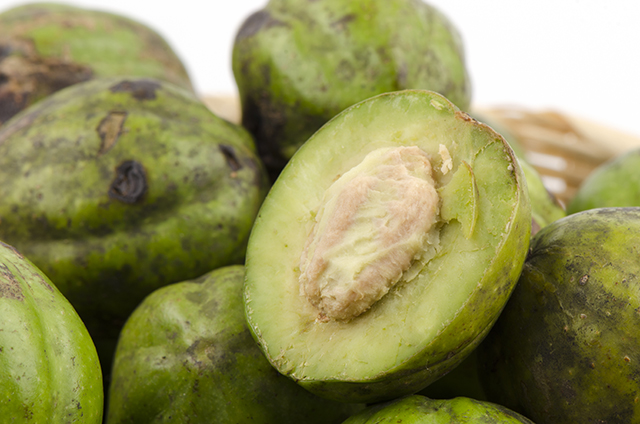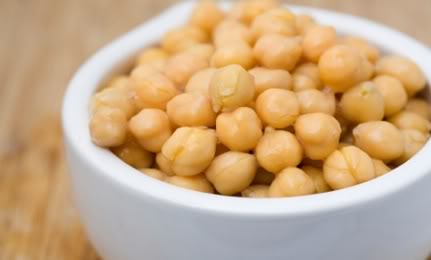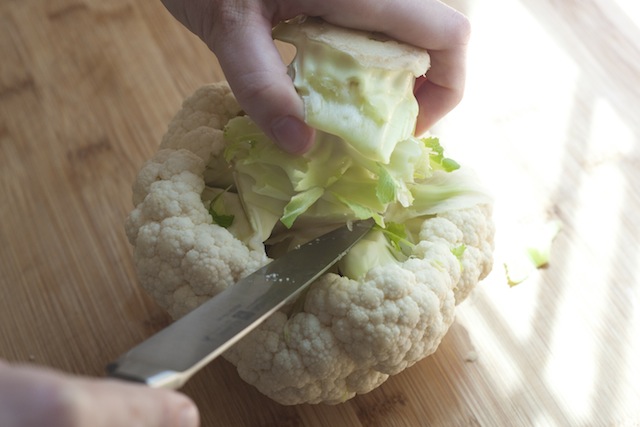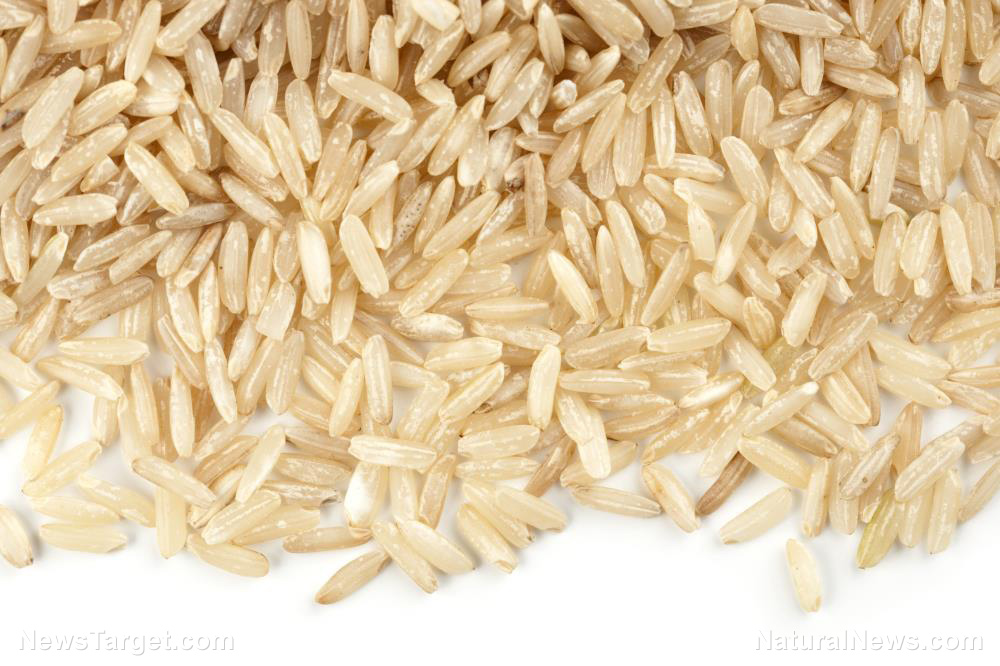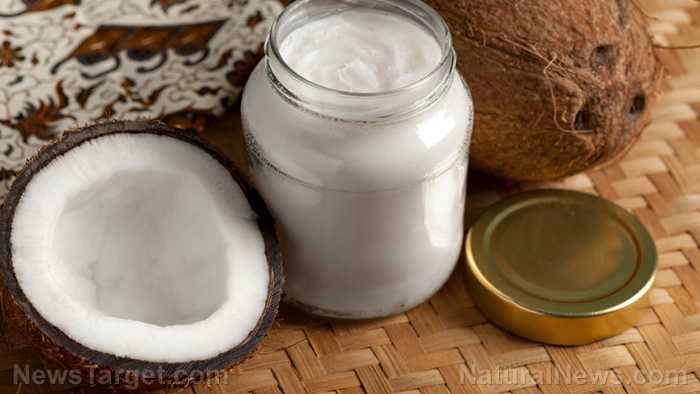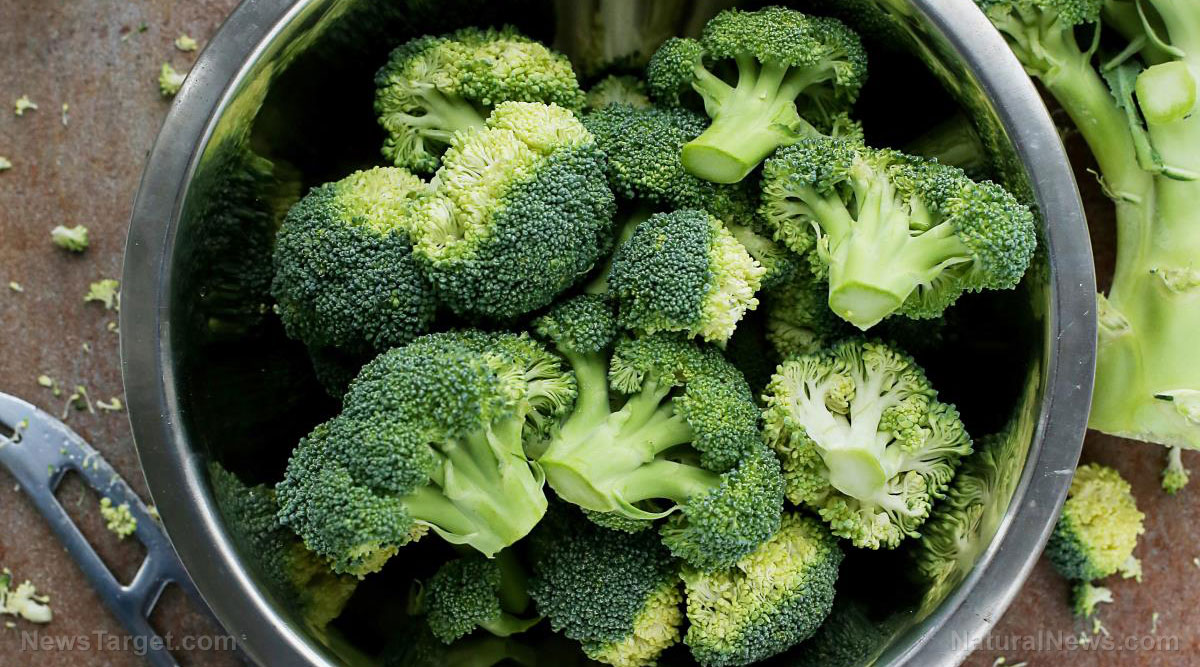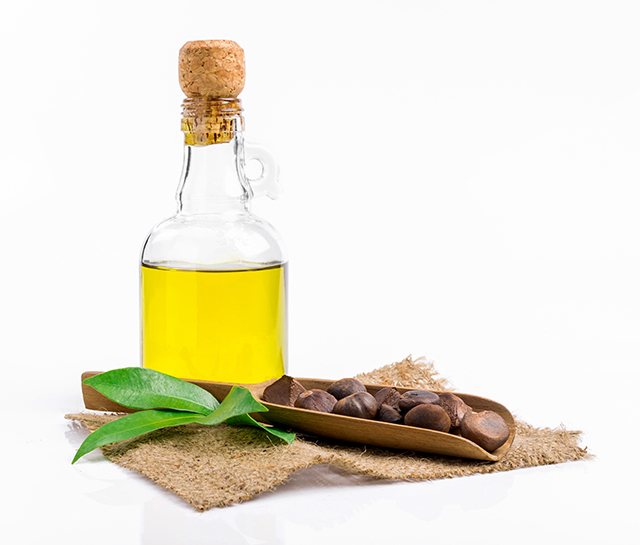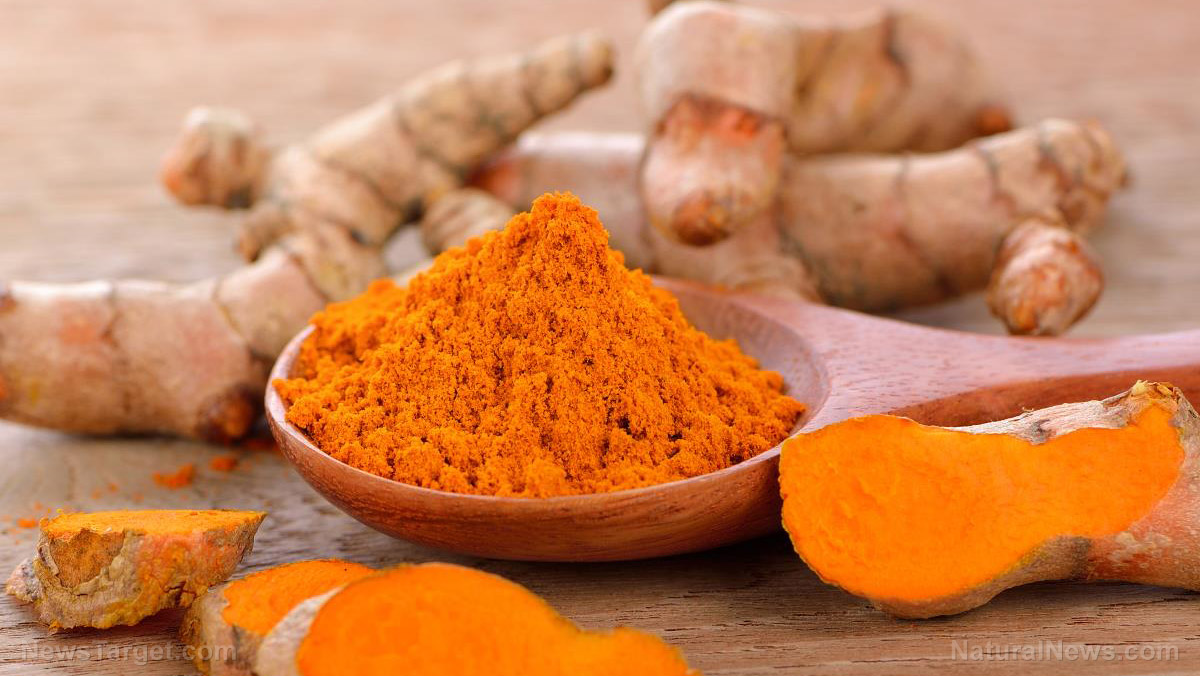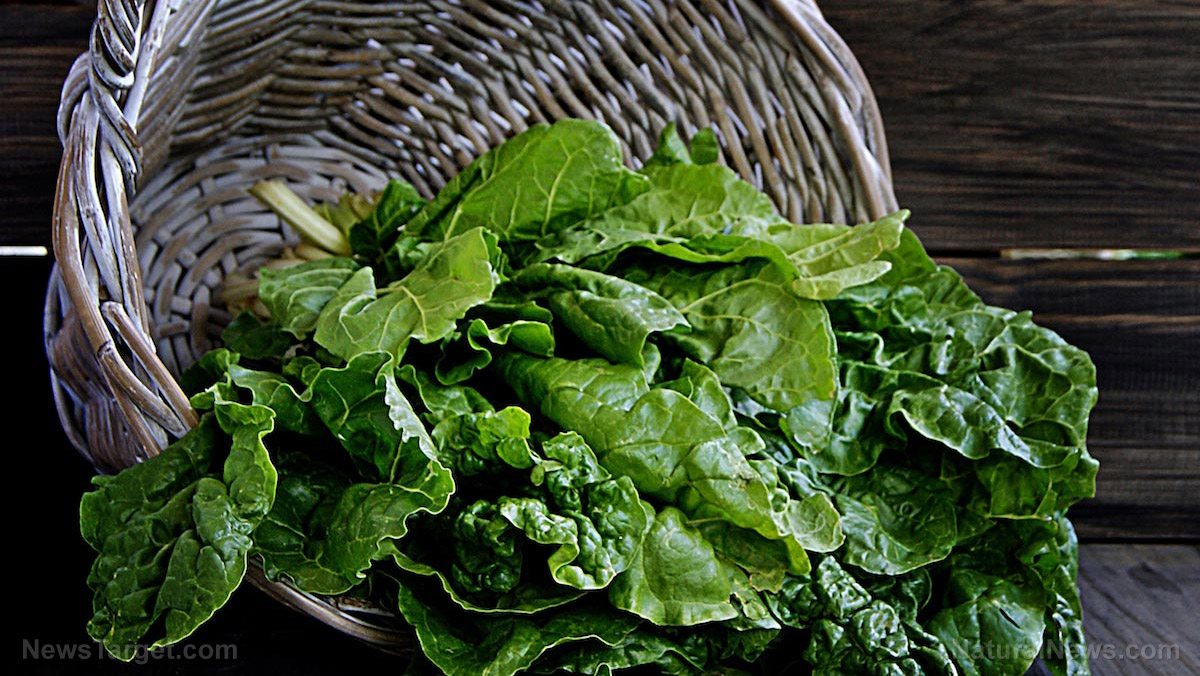Buckwheat – sources, health benefits, nutrients, uses and constituents at NaturalPedia.com
06/27/2017 / By Tim Wesley
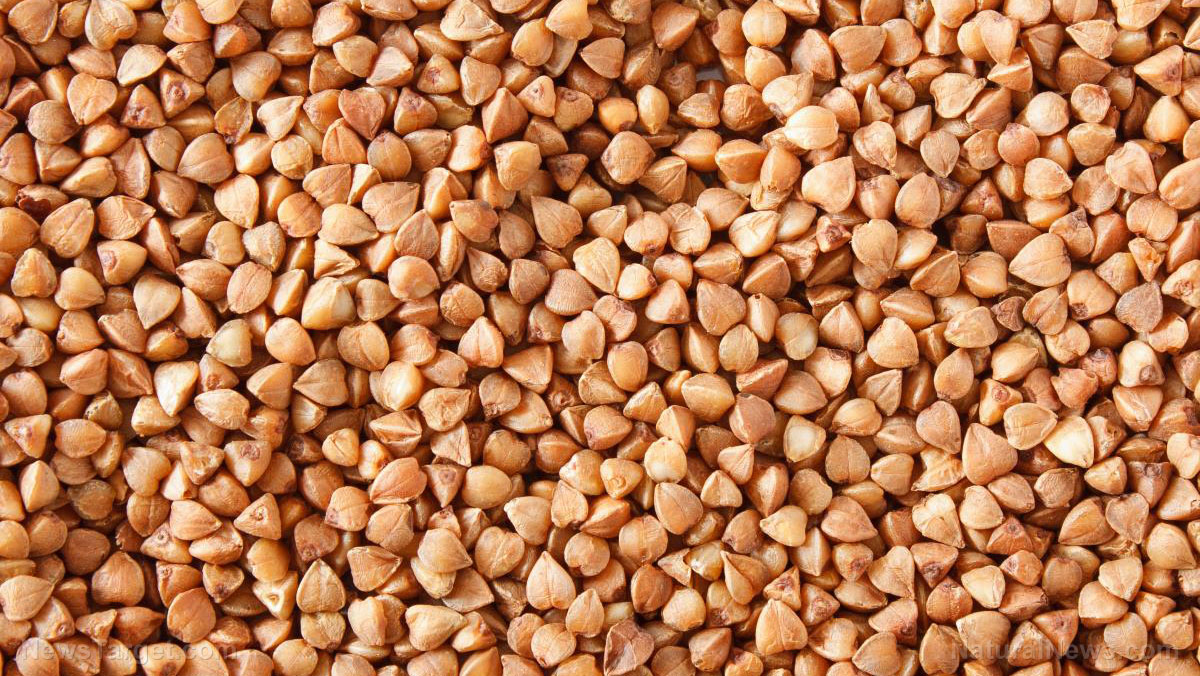
Buckwheat is among the healthiest foods you can eat. Also called pseudo-cereals, buckwheat is not related to wheat, which makes it gluten-free. Mainly grown in the northern hemisphere, buckwheat is typically brown and irregular in shape. It’s not a grain but it’s processed into groats, flour, and noodles.
List of known nutrients
- Carbohydrates
- Protein
- Fiber
- Omega-3 acids
- Omega-6 acids
- Manganese
- Copper
- Magnesium
- Fiber
- Phosphorus
- Lysine
- Vitamin E
- Quercetin
- Calcium
- Lignans
- Pantothenic acid
- Selenium
- Bioflavonoids
- Amino acids
- Vitamin A
Medicinal uses for buckwheat
People whose diets include buckwheat have a lower chance of developing cardiovascular diseases. That is because buckwheat contains flavonoids, particularly rutin. These phytonutrients protect the body against diseases and act as antioxidants. Buckwheat is believed to help lower serum cholesterol and low-density lipoprotein (LDL) cholesterol. It also increases HDL (good) cholesterol.
Moreover, these compounds protect platelets from excessive clotting, maintain blood flow, and prevent radical oxidation to help stave off heart diseases. The magnesium present in buckwheat relaxes the blood vessels for improved blood flow, ensuring that nutrients are properly distributed in the body while blood pressure is kept low. Additionally, magnesium helps lower the risk of diabetes.
As reported by WHFoods.com, a study published in the American Journal of Gastroenterology showed that buckwheat helps women prevent gallstones because of its insoluble fiber. Researchers studied more than 69,000 women and their overall fiber intake. They soon found that those who had the most fiber had a 13 percent less risk of developing gallstones.
You can also minimize the risk of breast cancer by including whole grains, like buckwheat, in your diets. One study showed that pre-menopausal women who consumed most fiber (more than 30 grams daily) reduced their risk of developing breast cancer by 50 percent compared to those who consumed the least amount (less than 20 grams per day). Similarly, fiber obtained from whole grains provided the most protection against breast cancer. Those who consumed at least 13 grams a day enjoyed a 41 percent decreased risk of breast cancer over those who had only four grams or less.
If you’re a parent and have a kid with asthma, buckwheat can offer the relief you’re looking for. That’s because research has shown that, together with fish, whole grains, like buckwheat, can significantly reduce the incidence of wheezing. WHFoods.com mentioned a study conducted by researchers from the Dutch National Institute of Public Health and the Environment at Utrecht University where children who had a high intake of fish and whole grains experienced only 4.2 percent wheezing compared to kids who had low intake and had almost 20 percent prevalence of wheezing.
Tannins, the phenolic compounds present in buckwheat, are helpful in preventing viral infections, which can help improve diabetes. Buckwheat can also reduce yeast infection and improve blood sugar metabolism.
Body systems supported by buckwheat
Including buckwheat in your diets can do your body a lot of good. For one, it can help improve your body’s defenses against diseases. It helps promote metabolism, growth, and development. At the same time, this whole grain takes good care of the heart. It helps strengthen blood vessels to prevent easy bruising and varicose veins.
Whole grains are beneficial to the heart. With enough buckwheat intake, you can protect your heart from cardiovascular diseases. You can lower blood pressure and maintain healthy levels of cholesterol. These should protect you from stroke and heart attacks.
In the same way buckwheat keeps the heart healthy, it also aids in improving your respiratory system. Children with asthma can significantly improve their condition by adding whole grains in their diets. Furthermore, buckwheat can treat hemorrhoids, yeast infection, and improve the digestive system.
Ways to use buckwheat
It’s common to use buckwheat as porridge or cereals. It’s also used to make noodles while others use it as trail mix. But there are other exciting ways to enjoy this nutrition-packed whole grain. Here are other recipes that will teach you how to enjoy buckwheat even more.
Where to learn more
- Buckwheat flour: a healthy, gluten-free alternative to white flour
- Buckwheat: Gluten-Free Grain Substitute Offers Complete Vegetarian Protein
- Sprouted Buckwheat is Simple and Delicious
- Eating buckwheat lowers blood glucose in diabetics
- Three Reasons to Eat Buckwheat
Summary
Buckwheat can prevent heart diseases.
Buckwheat helps improve the digestive system.
Buckwheat can prevent diabetes.
Buckwheat can stave off breast cancer.
Buckwheat helps prevent gallstone formation.
Sources include
Tagged Under:

